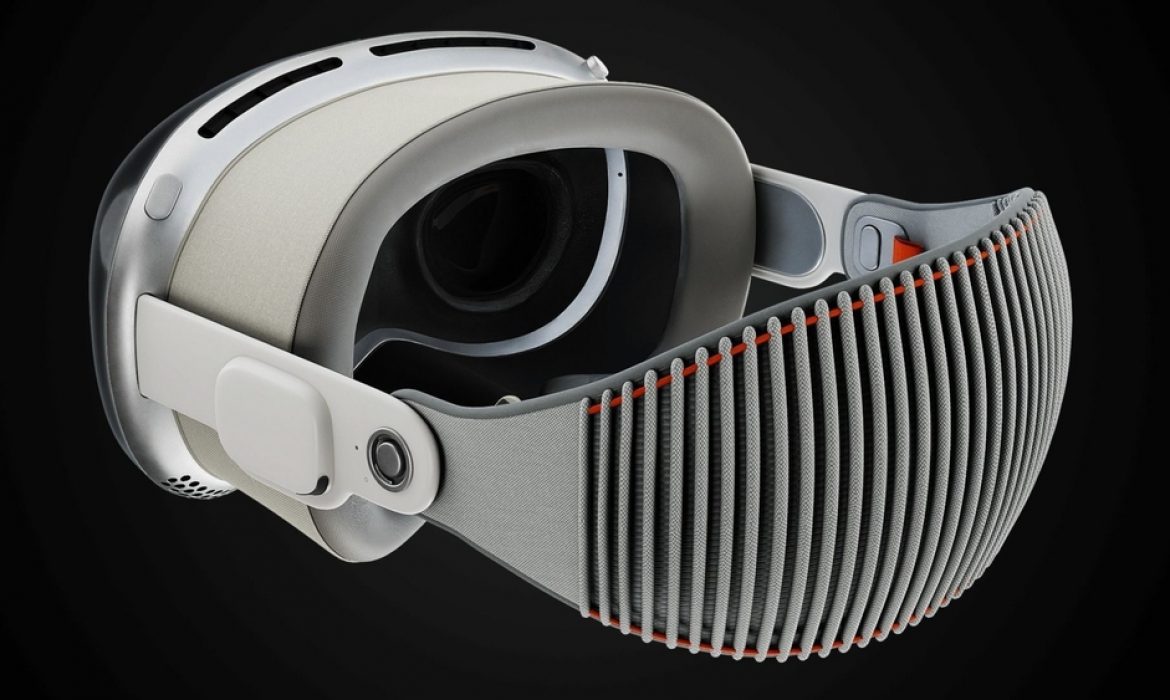On the much-anticipated launch day of Apple’s Vision Pro headset, Tim Cook, the tech giant’s CEO, shared insights into the device’s potential with ABC reporters in New York. Emphasizing its revolutionary nature, Cook referred to the Vision Pro as a “spatial computer,” drawing parallels to the groundbreaking impact of the iPhone on mobile computing.
“The iPhone introduced us to the mobile computer. The Mac introduced us to personal computers. This is the first spatial computer,” said Cook. Acknowledging its significance, he highlighted Apple’s history of pioneering products, including the Mac, iPod, iPad, iPhone, Apple Watch, and now the Vision Pro, calling it a pivotal moment.
Cook outlined diverse applications for the Vision Pro, envisioning users connecting through FaceTime, engaging in training activities, and even foreseeing medical professionals utilizing it for training purposes. With over 1 million applications already developed for the device, Cook underlined its versatility.
Addressing concerns about potential societal disconnection, Cook emphasized the Vision Pro’s capacity to “augment your reality” as a countermeasure. Regarding the $3,500 price point, he asserted that it reflects the cost of “tomorrow’s technology today” and the extensive research invested, boasting 5,000 patents on the product.
“The technology of tomorrow today, that’s how I think about it. We think we priced it right today,” Cook expressed, signaling confidence in the Vision Pro’s market positioning.
First Apple Vision Pro Reviews: A Glimpse into Spatial Computing
The inaugural Apple Vision Pro mixed reality headset is poised for its U.S. market launch this Friday. Foreign publications provided early reviews, offering insights into the device’s capabilities and compromises.
Apple positions the Vision Pro as the forefront of “spatial computing,” facilitating user-centric application navigation. Integrated into the Apple ecosystem, the headset enables diverse tasks, from immersive entertainment experiences to replicating a Mac screen for work-related activities.
Despite praise for its design, quality materials, and MicroOLED displays delivering high resolution and brightness, some drawbacks surfaced. The device’s weight, powered externally to reduce head load, may cause discomfort during prolonged use. External camera video pass-through, while innovative, exhibits limitations like motion blur and a narrow field of view, particularly noticeable in low-light conditions.
Notably, the eye- and hand-tracking control system garnered acclaim for its advanced capabilities. Acting as a mouse substitute, users control navigation with eye movements and hand gestures, offering a unique interface experience. However, some users found this method distracting.
Cautionary Note: Apple Vision Pro and Driving
Following the Vision Pro’s recent release, reports emerged of users wearing the headset in unconventional places, prompting U.S. Transportation Secretary Pete Buttigich to issue a cautionary warning. After a video surfaced showing an individual wearing the headset while driving a Tesla Cybertruck, Buttigich reminded users of the importance of responsible use.
In a Twitter post, Buttigich emphasized that all advanced driver assistance systems, including those on Tesla vehicles, require the human driver to remain fully engaged and in control. Apple’s warnings echo this sentiment, advising against using the headset while operating a moving vehicle or in any situation requiring attention to safety.
The individual in the video later clarified that it was a parody, with the headset worn for a brief duration. Regardless, Buttigich’s warning highlights the potential risks associated with using advanced technologies, reinforcing the need for responsible usage.
